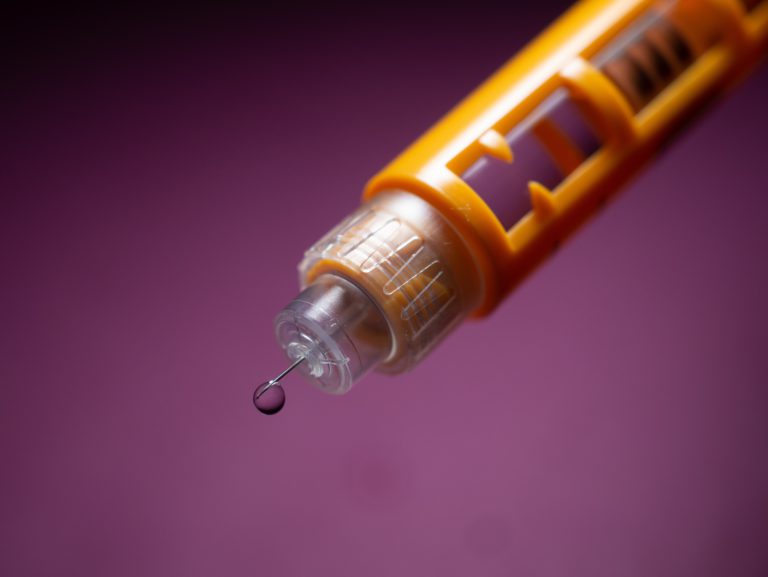What’s a “Pre-Diabetes” Diagnosis?
According to Centers for Disease Control and Prevention (CDC) in the United States, around 84 million Americans have pre-diabetes. What does pre-diabetes really mean? Earlier this year, ‘Consumer Reports’ published an intriguing piece on the meaning of “pre-disease” diagnosis. We were attracted to the specific advice on “pre-diabetes” and it got us looking at some other sources for intelligence on this topic.
A “pre-disease” is diagnosed when a screening result isn’t quite normal but is below the threshold for disease. When you get a health screening — for high blood pressure or diabetes, for example — you might be told you have pre-hypertension or pre-diabetes. Pre-diabetes means your blood sugar levels are higher than normal but not as high as in full-blown Type 2 diabetes.
Studies vary widely on how many of those diagnosed with pre-diabetes actually go on to develop diabetes and how quickly it happens. A 2016 analysis published in the journal Diabetes Care estimated that only about two percent of people with pre-diabetes develop diabetes each year. This is similar to the findings of the Mayo Clinic where progression from pre-diabetes to type 2 diabetes was not seen as inevitable. With healthy nutrition, regular exercise and maintaining a healthy weight, it is possible in many cases to bring the blood sugar level back to normal.
It is unclear what is the exact cause of pre-diabetes but family history and genetics appear to be important risk factors. Inactivity and unhealthy eating habits along with excess fat, especially abdominal fat, are also believed to be important factors. For persons with pre-diabetes, the processing of sugar or glucose does not work properly anymore. The sugar starts building up in the bloodstream instead of fueling the cells.
It is important to see your doctor if you are concerned about diabetes or if you notice any type 2 diabetes signs or symptoms, such as increased thirst, frequent urination, fatigue and blurred vision. The American Diabetic Association recommends that blood glucose screening for adults begin at age 45, or sooner if a person is overweight and has additional risk factors for pre-diabetes or type 2 diabetes.
There are several blood tests available for pre-diabetes screening such as glycated hemoglobin (HbA1c) test, which indicates your average blood sugar level for the past two to three months and fasting blood sugar test, when a blood sample is taken after you fast for at least eight hours or overnight. A third option is an oral glucose tolerance test, which is usually used to diagnose diabetes only during pregnancy. For more details on different methods for HbA1c you can read our previous blog here.
If a person is diagnosed with pre-diabetes, further testing may be needed. At least once a year, your doctor will likely check your fasting blood sugar, HbA1C, total cholesterol, HDL, low-density lipoprotein (LDL), and triglycerides. Testing might need to occur more frequently if a person has additional risk factors for diabetes.
In follow-up blogs, we will discuss some imaginative ways of dealing with pre-diabetes and how children are affected.









